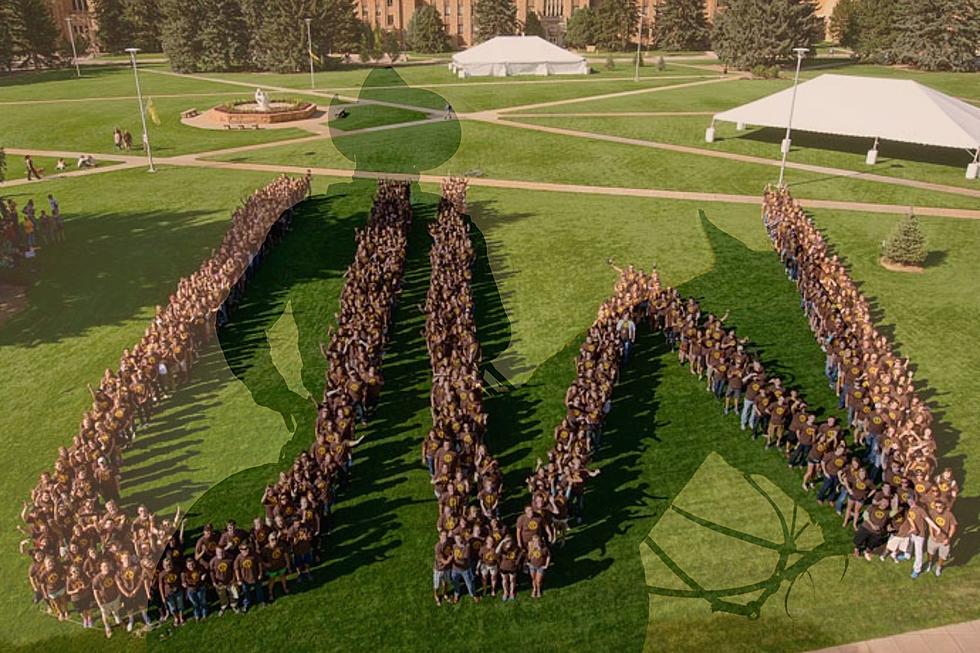
The University of Wyoming to Head Cloud-Seeding Project
The University of Wyoming, with the use of its King Air research aircraft, is heading a cloud-seeding project - funded through the National Science Foundation - in southwestern Idaho that began last week.
The research, called Seeded and Natural Orographic Wintertime Clouds -- the Idaho Experiment, or SNOWIE, began Jan. 7 in concert with Boise-based Idaho Power Co., which provides a good share of its electrical power through hydroelectric dams, according to a UW press release.
“They [Idaho Power] are interested in putting more snow on the ground in the mountains, which leads to more water in their rivers,” says Jeff French, a UW assistant professor in the Department of Atmospheric Science and principal investigator for the SNOWIE Project in a UW press release. “This leads to more power generation capability throughout the year.”
Due to water shortages and droughts in some states and in countries around the world, cloud seeding is seen as a potential way to increase water supplies for communities and to irrigate crops. Cloud seeding is typically paid for by water resource managers, power companies (hydropower) and agricultural interests.
“The power company is a partner in this project,” French says. “They are paying for cloud seeding and some instrumentation.”
Cloud seeding is a process by which silver iodide is released into the clouds, either from the air or via ground-based generators. In the case of the SNOWIE Project, the silver iodide will be released by a second aircraft funded through Idaho Power, while the UW King Air will take measurements to understand the impact of the silver iodide, French says.
The SNOWIE cloud-seeding campaign is scheduled Jan. 7-March 17 within and near the Payette Basin, located about 50 miles north of Boise.
More From Laramie Live









